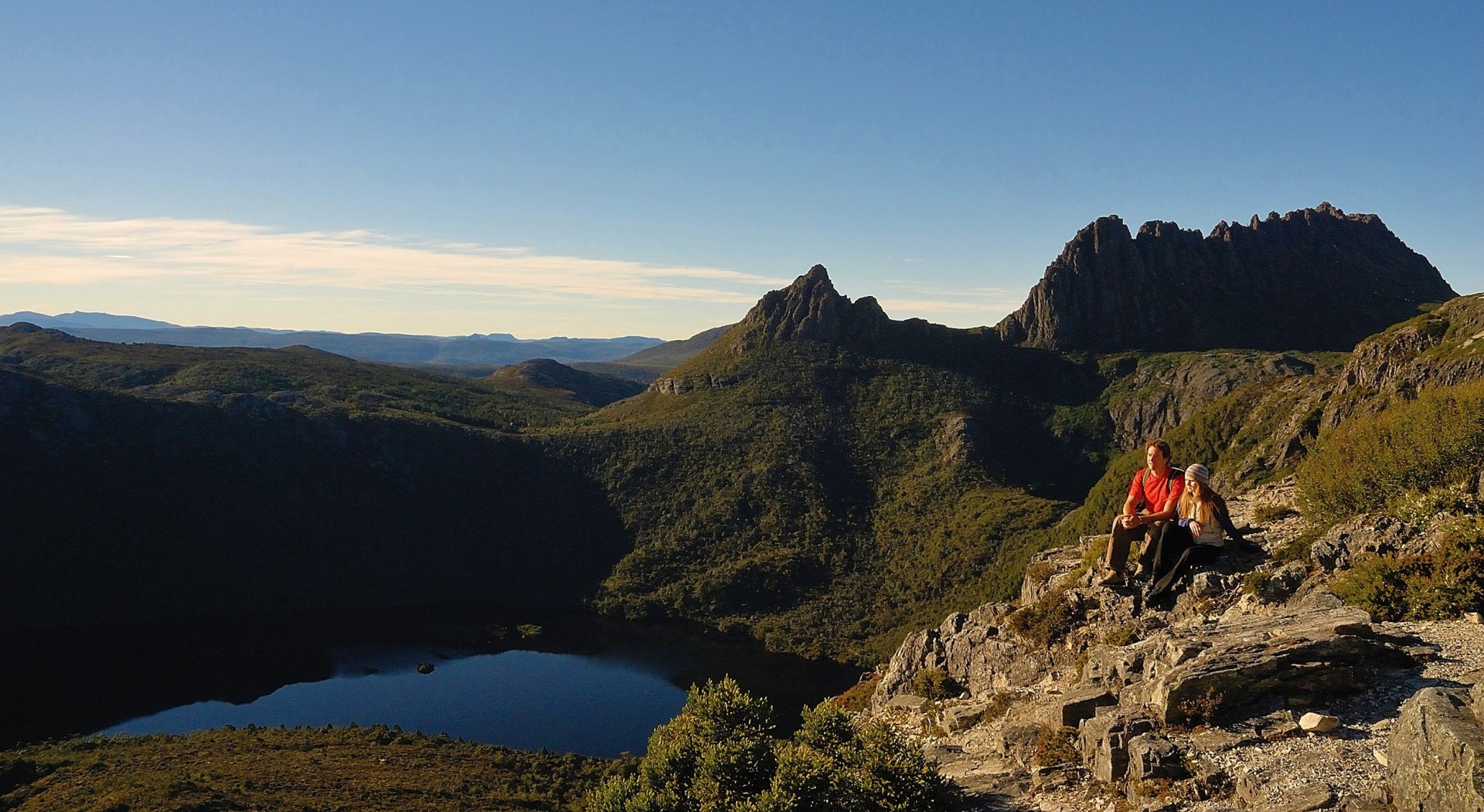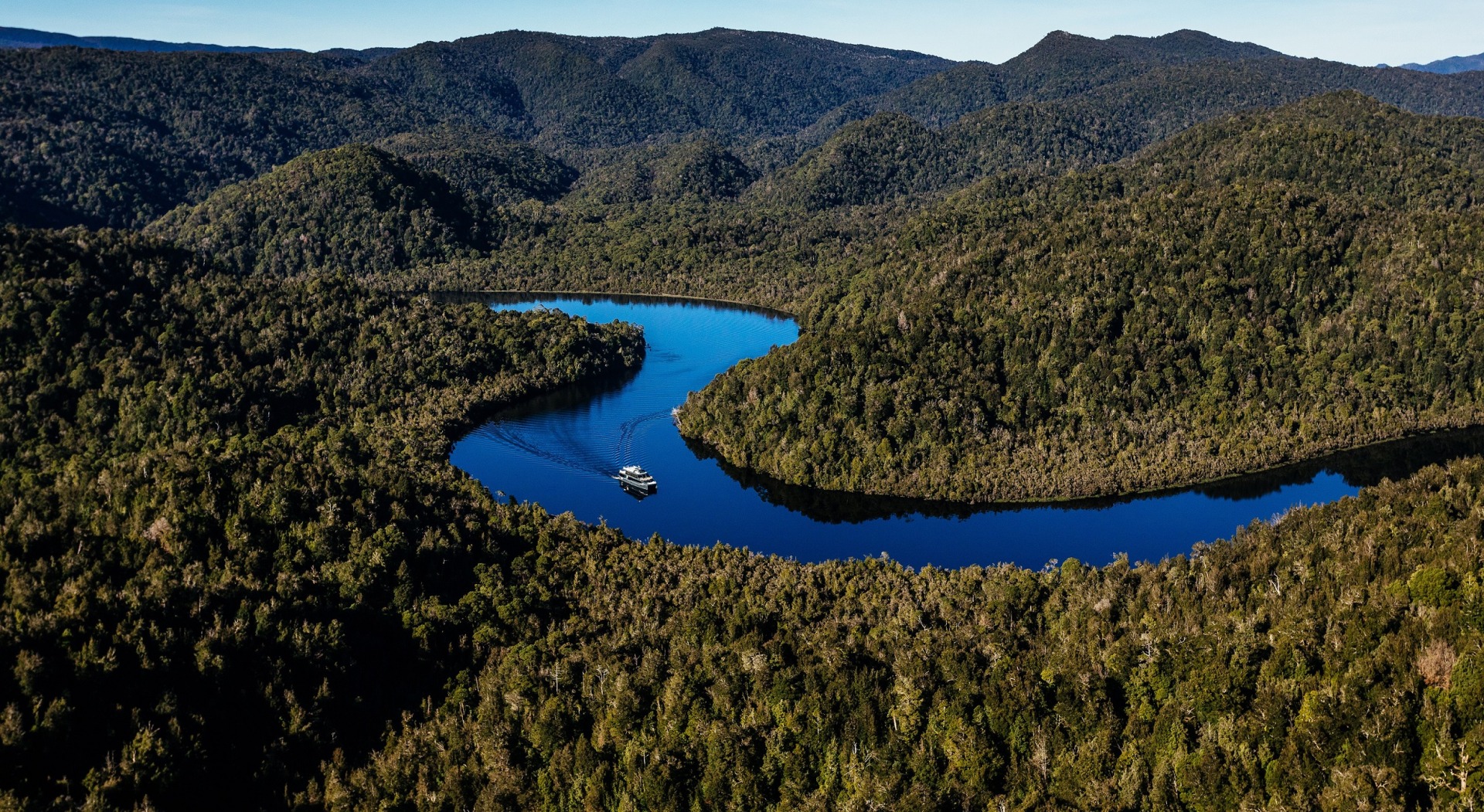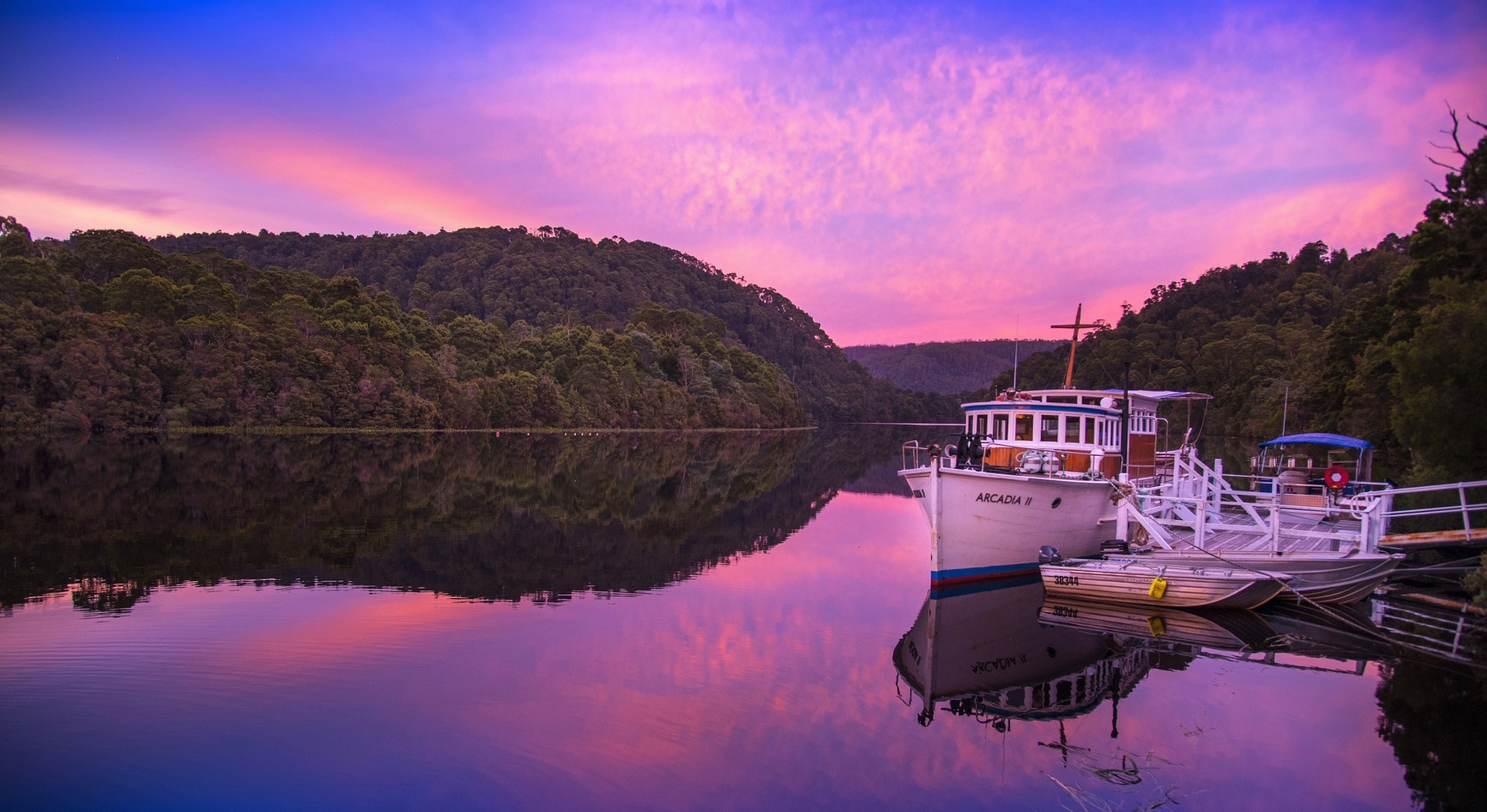By John Pedler, sponsored by TasVacations
Published: Friday, August 4, 2023
Almost a quarter of Australia’s island state is under the protection of the vast Tasmanian Wilderness World Heritage Area.
Spread across much of the western part of Tasmania, the heritage area contains one of the earth’s last remaining expanses of temperate rainforest.
This is a place of stunning mountain scenery, ancient tall trees, and wild rivers snaking through mysterious, impenetrable wilderness. Beyond the forests, the far-north features a gorgeous stretch of coastline, dotted with delightful seaside communities.
What a great place for a road trip.
Mountain spires
On a crisp, calm morning, Cradle Mountain has a dreamlike mood. Low clouds sit gently atop craggy peaks, heath and grasslands glisten with morning dew, and the mirror-still waters of Dove Lake reflect the rugged beauty above. The 6km Dove Lake Circuit Walk plunges deep into the forest, before passing beneath the towering spires of Cradle Mountain. Take a stroll in the freshest of air.

For a close-up encounter with a Tassie Devil, head to Devils@Cradle, a breeding and conservation sanctuary not far from the mountain. Turn up for a feeding session to see these feisty, yet adorable balls of energy at their boisterous best.
A place that time forgot
From Cradle Mountain, drive south-west through moors, mountains and historic mining towns, en route to Strahan on the shores of picturesque Macquarie Harbour. From this small fishing village, the Spirit of the Wild cruises upstream along the mighty Gordon River, a jewel in the crown of the World Heritage Area.
Passing through a thick carpet of ancient rainforest that runs unbroken from hilltops to the water’s edge, this is truly a trip back in time. Among the rich diversity of flora found in the forest, the Huon pine is the star of the show, with some trees more than 3000 years old.

For a different view of the south-west wilds, take a trip on the West Coast Wilderness Railway. Completed in 1896 for transporting copper from the Queenstown mine to the port at Strahan, the railway is an engineering marvel. The River and Rainforest rail journey first traverses the shoreline of Macquarie Harbour, before following the King River through dense rainforest, high into the hills.
River deep
From Strahan, continue your road journey north to Corinna, a quaint former mining settlement on the banks of the Pieman River. A tiny speck of civilisation amid the seemingly endless Tarkine Forest, Corinna is the starting point for cruises downstream to Pieman Heads, one of the most remote river mouths in Tasmania.
A highlight of this voyage is the tour vessel Arcadia ll. Built in 1939 from Huon pine, it served as a supply ship in New Guinea during World War ll, and then as a scallop boat, before delighting passengers on Tasmanian wilderness river cruises.

Blast from the past
The next major landmark on your trip north is a bold reminder of Tasmania’s fiery past. Rising steeply above the colourful seaside village of Stanley, The Nut is the hard plug left over from a long-eroded volcano. A chairlift or energetic hike will get you to the top for superb views of the coast and the surrounding farmlands.

Nearby Smithton is another jumping-off point for visits to the Tarkine Forest, which is among the world’s oldest cool-temperate rainforests. Travelling by four-wheel-drive, Tall Timbers Adventure Tours journey among the waterways, moss-covered trees, giant ferns and plentiful wildlife that call the wilderness home.
Coastal treats
Heading back to Launceston, be sure to take in all the sights along the pretty north coast. For much of the trip, the road hugs the shoreline, and there are plenty of opportunities to pull over for a swim or a seaside picnic. Don’t miss picture-perfect Boat Harbour Beach – just the spot for a chilly dip.
Tasmania is a compact state, simply brimming with unique attractions and sensory delights. Expect a scenic treat around every corner of the road and bend in the river.